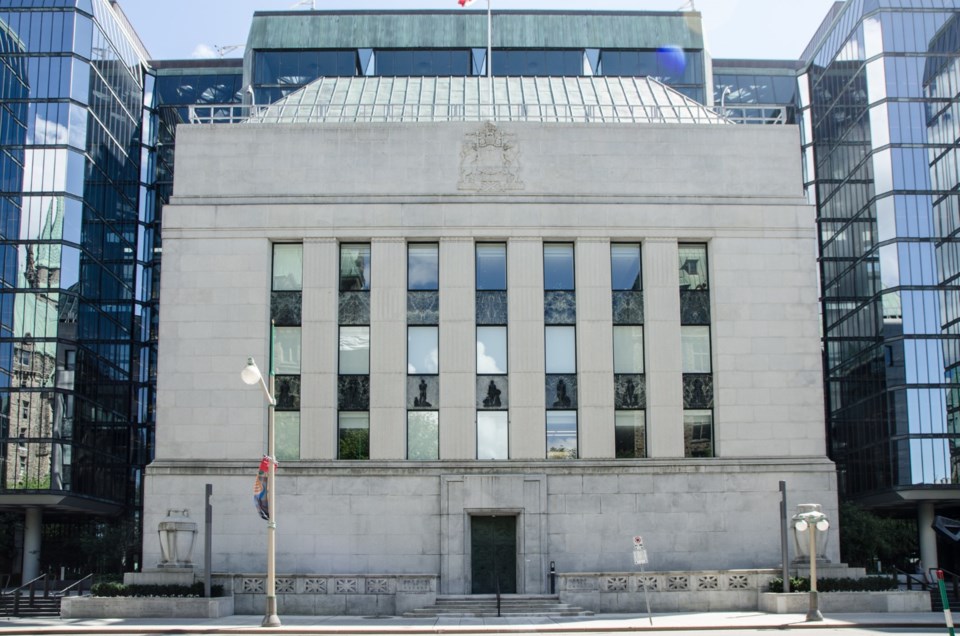SASKATOON — Canadian farmers could be getting a reprieve on their balance sheets later this year, according to a forecast by Export Development Canada.
EDC expects the Bank of Canada to start lowering interest rates soon, dropping its key policy rate by 25 basis points in April.
EDC chief economist Stuart Bergman expects the central bank to continue dropping the rate by about the same amount every couple of months until it reaches 2.75 percent in April 2025.
The key policy rate is currently at five percent, which is a 22-year high.
Bergman considers 2.75 percent to be a neutral level, a rate that neither promotes nor detracts from Canada’s economic growth.
He thinks the Bank of Canada is getting more comfortable with the inflation rate, which has generally been trending lower, although it rose in December to 3.4 percent from 3.1 percent in November.
The Bank of Canada’s target inflation range is one to three percent. Inflation has been running above that level since March 2021, according to a recent Reuters story.
Reuters reports that money markets now believe there is a one-third chance that the central bank will drop interest rates in March, down from nearly 50 percent before the release of December’s inflation numbers.
“But they still see a high chance of a 25-basis-point reduction in April,” stated the story.
Bergman said a reduction in interest rates would be good news for Canadian farmers who amassed $139 billion in collective debt as of 2022, according to Statistics Canada.
“It means your costs are starting to stabilize,” he said.
Farmers will not only be paying less on input costs as inflation subsides but also on the interest charged on the debt used to buy those inputs.
“That should loosen things up and make things a little bit easier for Canadian businesses and for Canadian farmers,” said Bergman.
He is also forecasting a reduction in labour costs due to Canada’s surging population.
His forecast calls for a slight softening in the Canadian dollar, to an average of US$0.74 in 2024 from closer to $0.75 in 2023.
“All-in-all I would say that’s a pretty good place for companies that are looking to export,” said Bergman.
The exchange rate has fluctuated from a low of $0.69 to a high of $0.83 since 2017, so $0.74 is about average.
“It’s sort of Goldilocks. It’s not too strong and it’s not too weak,” he said.
Canola and soybean prices are increasingly tied to crude oil values as more oil from the crops is 小蓝视频 used to make renewable diesel.
EDC is forecasting an average Brent crude spot price of US$79.02 per barrel in 2024, down from $83.31 in 2023 and $100.78 in 2022.
With all the conflict going on in the Middle East and OPEC cutting production, oil prices should be $150 per barrel if the market was operating under the same dynamics as a few years ago.
“It seems that oil prices have become a lot less sensitive,” said Bergman.
Increased production from places such as the United States, Guyana and Brazil is compensating for the OPEC cuts and minimizing the risk of war in the Middle East.
In general, Bergman is bullish about agriculture in 2024 and beyond.
“Prospects are fairly good for Canadian agricultural products given that we’re in an increasingly growing and hungry world,” he said.




